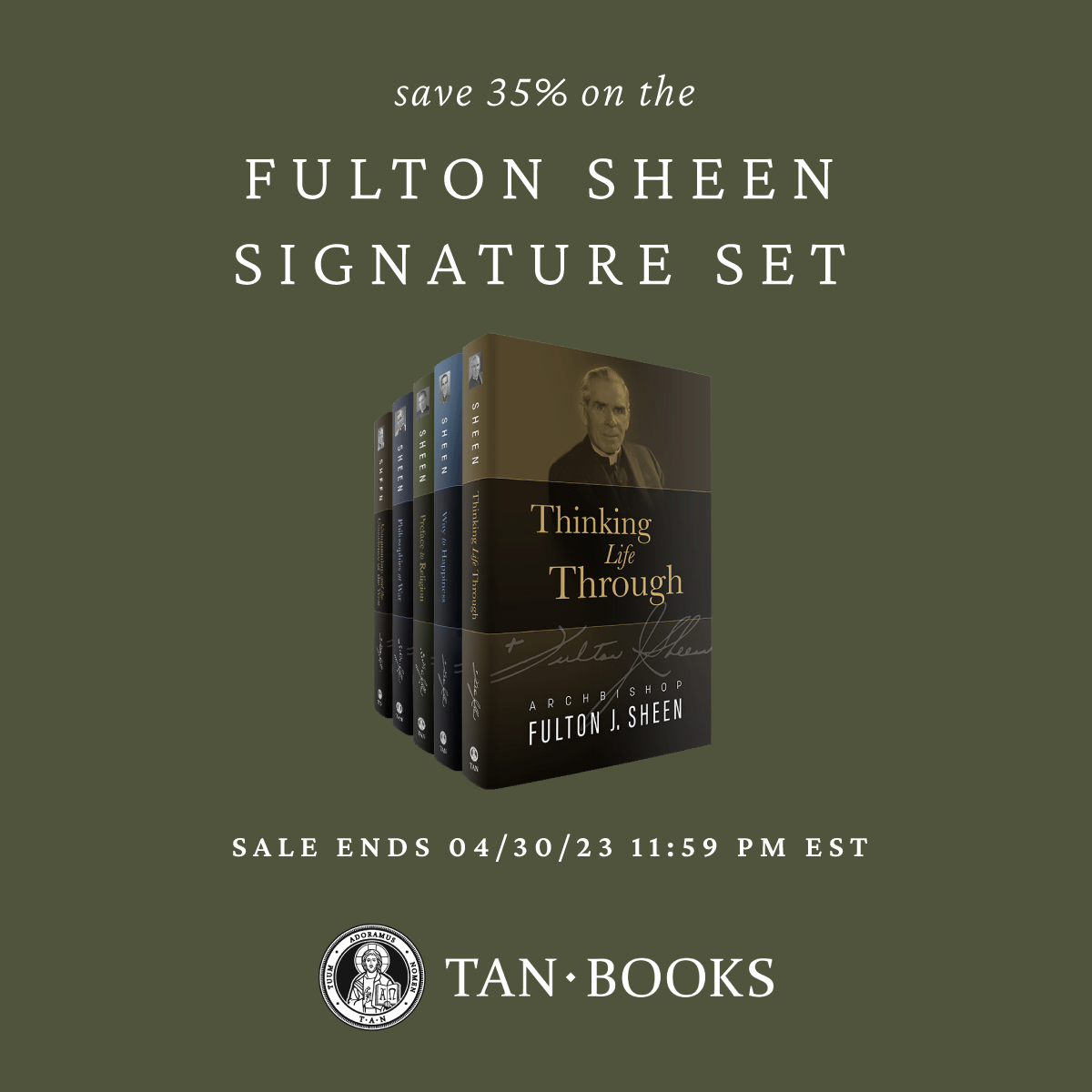The Most Interesting Rosaries In History
The Most Expensive Rosary
This world’s most expensive rosary contains 70 emerald beads spaced by gold rondelles and is complete with table-cut diamonds. It was sold at auction for $842,500, which was triple its originally high estimate of $250,000. It was from the Saxon Royal Family and is dated to the late 17th century.
The World’s Largest Rosary
Now here’s a pit stop! The world's largest rosary can be found at the Catholic diocese of Tagum City at the Christ King Cathedral. The beads are made from magcono, iron wood, native to the mountains of Davao Oriental and Surigao del Sur. Each weighs just over 77 pounds and the entire Rosary weighs 6,206 pounds and stretches over 900ft.
Mother Teresa’s Rosary
Totally unsurprisingly, Mother Teresa loved the rosary and prayed it throughout her day. She used the decades to represent various areas of the world, and said, "I pray for the poor and dying on each continent."
The Most Controversial Rosary
This Rosary is made of ivory beads and was created in the early 1500s in Germany. The Metropolitan Museum of Art classified it as a Rosary in the collections of the Met despite it being over 2-feet-long, with each of the eight beads measuring approximately 2-inches-long by 1-inch-wide. (Ivory is
Mother Seton’s Rosary
Mother Seton, a Catholic convert who lived in the early 1800s, prayed the rosary often. After losing her mother at a young age, she found great solace in the Blessed Mother. Watch her story on how she “found” Mary here.
The Melted Rosary of Nagasaki
On Aug. 9, 1945, the United States attacked Nagasaki, Japan using a deadly nuclear bomb. It was the second attack following the Aug. 6 nuclear attack on Hiroshima. Both bombings killed roughly between 129,000–226,000 people. Pictured above are melted rosaries in Nagasaki’s Atomic Bomb Museum. Nagasaki was a hub of missionary activity and the home of many “hidden Christians” whose families struggled to keep and pass on the faith during 250 years under persecution and ban.
A Rosary from Puerto Rico Hundreds of Years Ago
Made of silver, gold, horn, seed, wood, and coral, this rosary showcases the cultural history of Puerto Rico between the 1500s and 1800s. Attached to the string in between the beads are pendants of body parts, animals, or objects. These special beads or folk charms—called milagros or “miracles"—represent offerings to a particular saint and were and are especially popular in Mexico, the southwestern United States, and Latin America.
















